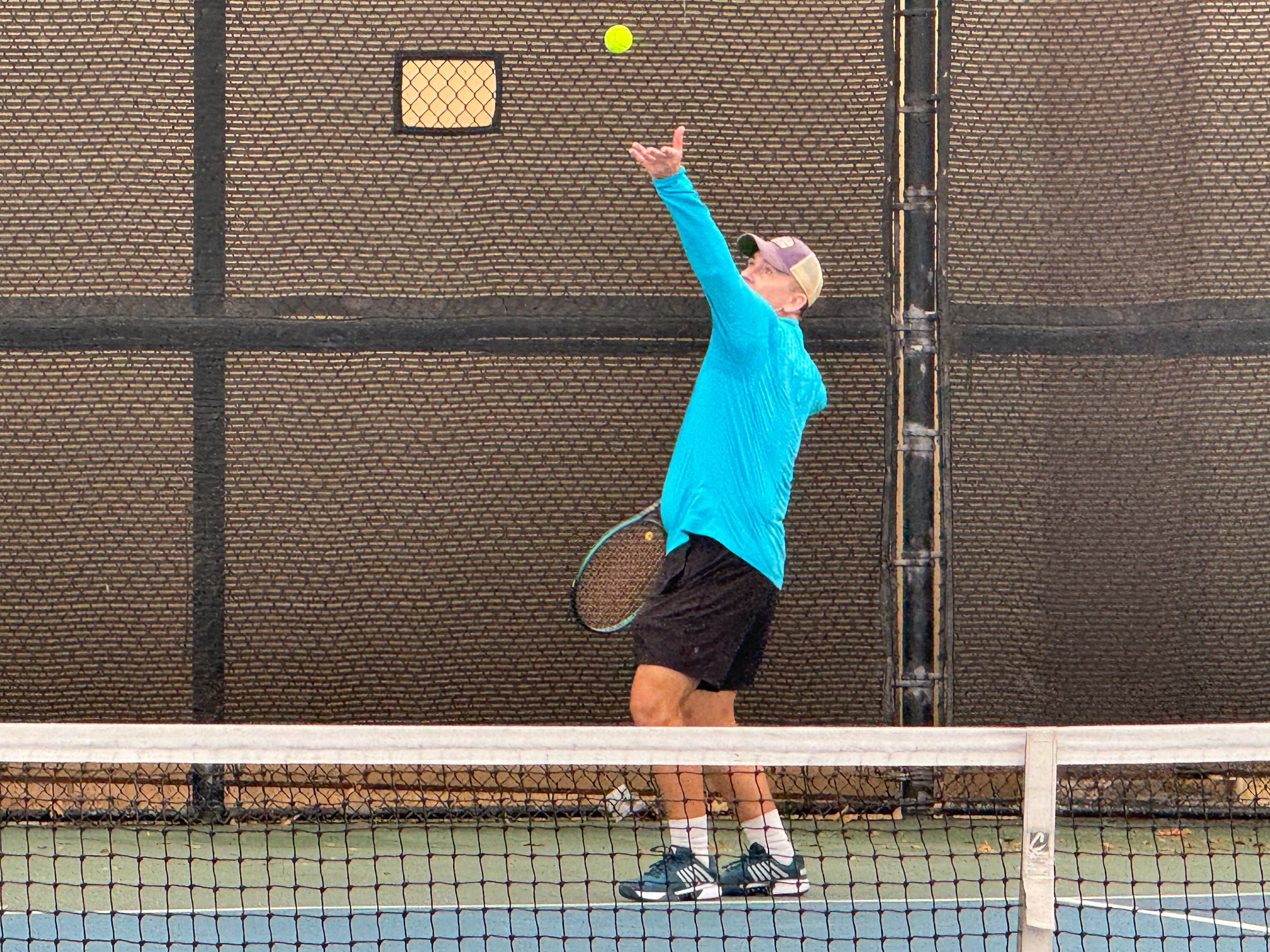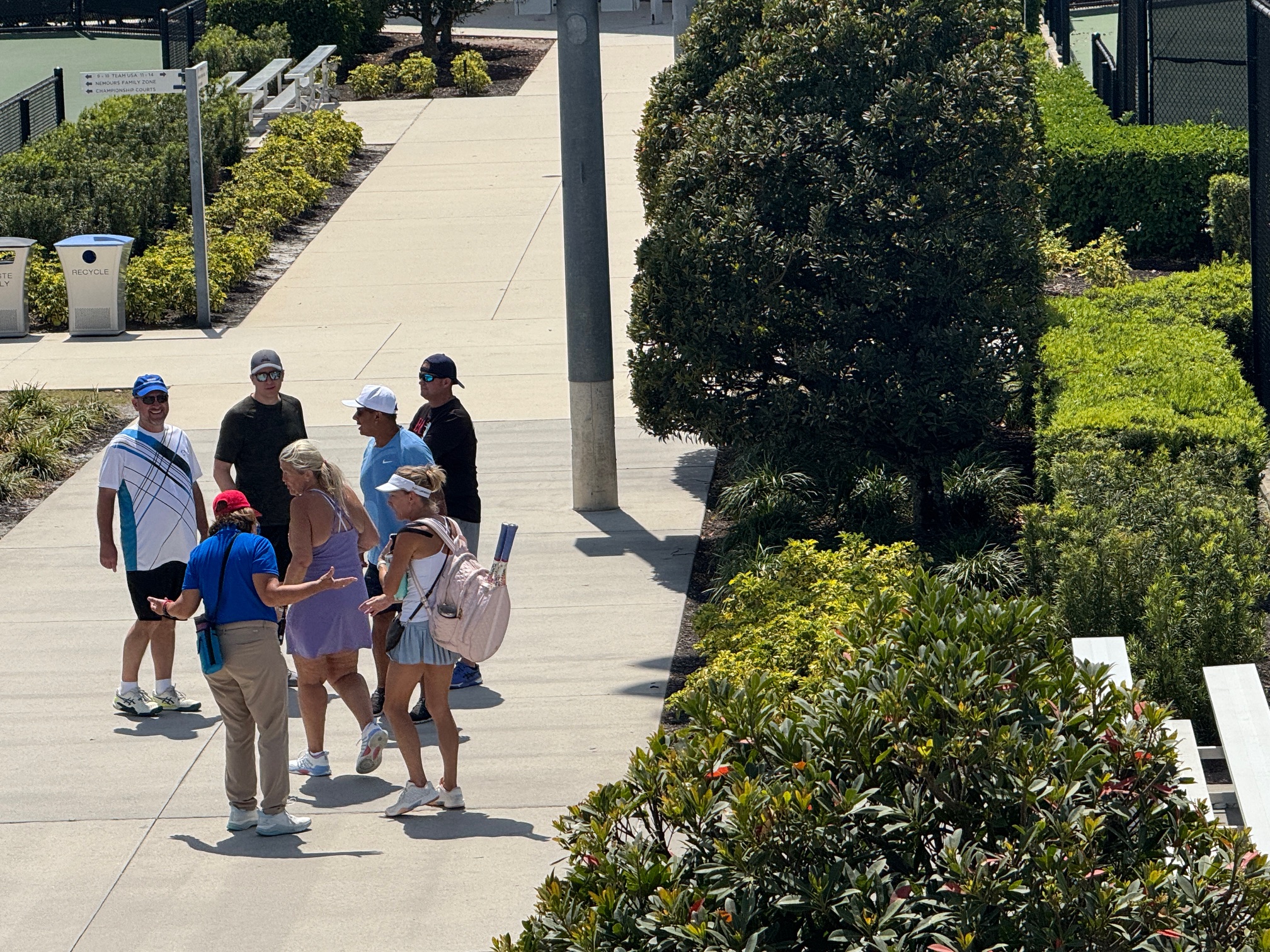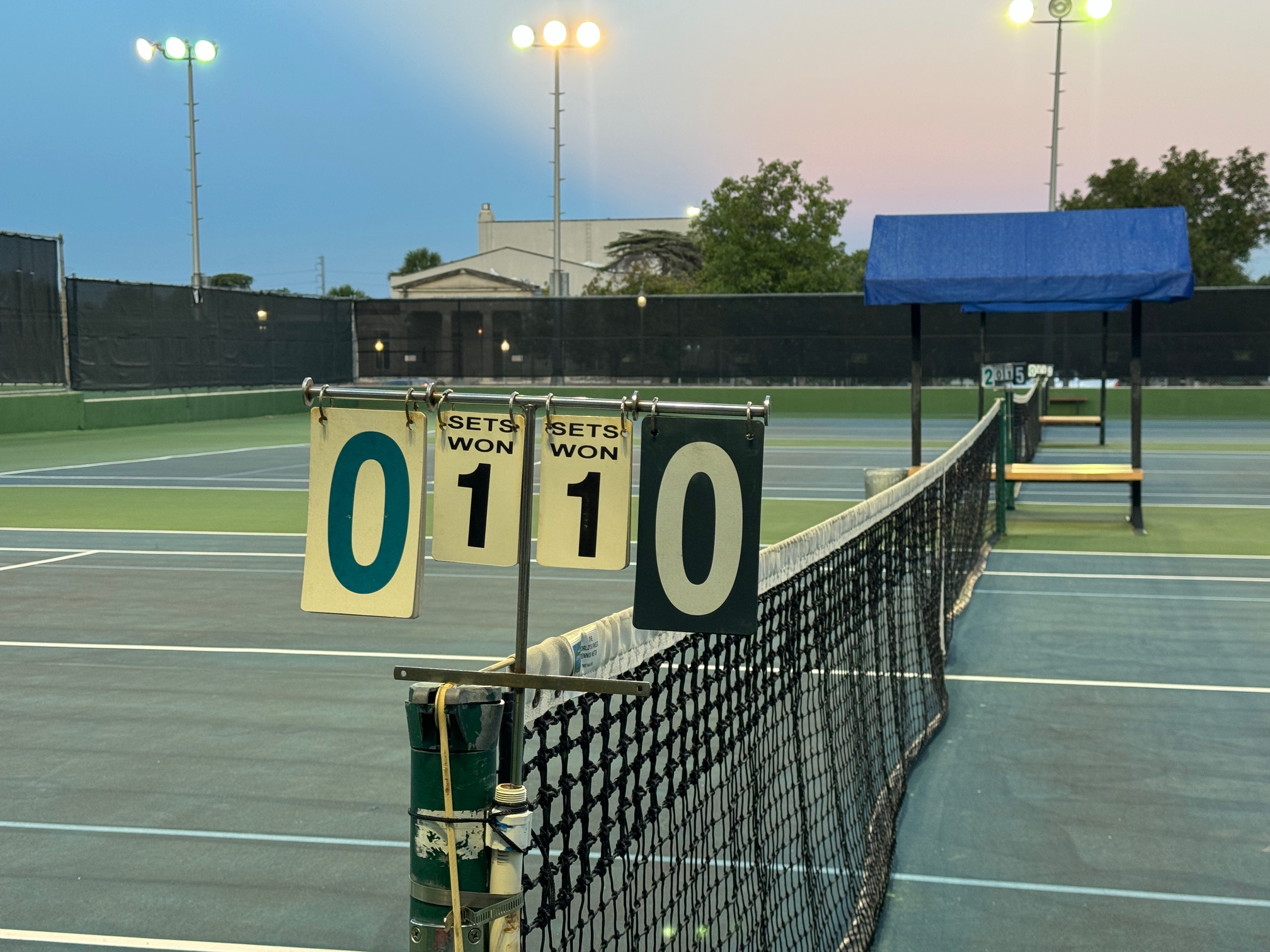A couple of weeks ago, in “Coco Gauff: Wrong versus Wronged,” I shared my opinion that a video review of the controversial point in the match she lost at the Olympics wouldn’t have changed the initial call. In the interim, the US Open issued a press release describing the “expanded” use of an experimental video review process for the tournament this year. Additionally, some controversial calls at the Cincinnati Open last week have brought the question of video review back to the front and center of the public discourse.
The expanded use of video review at the US Open simply adds courts with that capability. The new courts include 5, 7, 11, and 12. The challenge rules will reportedly be the same as those previously used in the tournament in 2023. Each player is granted three video challenges per set and an additional one if the set goes to a tiebreaker.
As for what can be challenged, the wording in the press release uses the weasel phrase “including but not limited to.” Presumably, that means a player could attempt to challenge anything. The examples provided are whether a ball bounced twice, if a player was hindered in playing a point, and “touches” of the ball by a racquet or clothing. Players receive three challenges per set, with an additional one during the tiebreaker.
The US Open press release indicates that the tournament referee and the supervisors can use a courtside tablet to review code violations that could result in a potential default. That would seem to limit other calls that can be externally reviewed. However, even the code violations raise the question of whether the referee or supervisor can override an initial judgment call made by the chair umpire on the court. Opening that possibility deviates from the underlying principles of the ITF Rules of Tennis.
Approved variations to the ITF Rules of Tennis are described in a document published annually by that organization. For 2024, one officially approved deviation allows coaching at WTA, ATP, Grand Slams, and ITF Adult events. An additional variation authorizes Grand Slam tournaments to use a tie-break game to 10 points if the score in a full third set reaches 6-6.
The ITF-approved variations do not include video reviews. Additionally, no video review provisions are documented in the 2024 Grand Slam rulebook. Video review is described in the ATP rulebook, but that isn’t applicable at the US Open.
This leaves the US Open experiment in a gray area. Additionally, I have been unable to find a definitive description of the procedures for this alternate rule outside the US Open Press Release. I think it is likely that the US Open has (or will) issue a letter to players that contains implementation information. If anyone has access to a copy of that, I would like to see it so that I can understand better how it is supposed to work. Having players, coaches, fans, and the media on the same page seems advisable before inevitable controversy erupts.
Video Review is clearly both technologically feasible and very good for the game. However, the Gauff case and the recent incidents during the Cincinnati Open, which all sparked debate over video review, were unlikely to have been changed had the technology and procedure for video review been used.
In “Coco Gauff: Wrong versus Wronged,” which involved a non-hindrance call at the Olympics, I do not think the video replays available support her case that her swing was hindered. In other words, the outcome would have been the same if a video review had been available. Perhaps a case is to be made that Gauff would have been more accepting of the decision and moved on, but I doubt it.
Last week at the Cincinnati Open, the match between Jack Draper and Felix Auger-Aliassime ended on a questionable call that left many fans and players wondering if the outcome would have been different had a video review been available. Draper played a low volley that (in retrospect) clipped his racquet before the ball bounced on his side of the net. It was a bang-bang series of events, and the chair official ruled that Draper played the ball cleanly off the bounce for a winner.
While many tennis fans and commentators have been outraged that the point went to Draper, the real-time video replay didn’t provide the definitive evidence that I believe is required to overturn the initial call. Those who confidently assert that the chair umpire made an obvious error are delusional. It is a call that could have gone either way.
I am somewhat disturbed at Auger-Aliassime’s confidence in using the pejorative term “shank” to describe Draper’s play on the ball. I am even more dismayed at the number of commentators who have adopted that language when vilifying Draper over the incident. For one thing, what exactly constitutes a shank is now a candidate for a future blog post. Quite frankly, I don’t think that Draper’s contact with the ball meets that criteria.
The video most fans have now seen and will forever associate with the incident is an enhanced frame-by-frame edit of the original clip. By slowing down some frames and sharpening those images, it dwells on and emphasizes the contact with Draper’s racquet, making it appear like it lasted much longer than it actually did.
I reject the argument that Draper knew his racquet contacted the ball before it bounced. It is more likely that it felt like a double hit to him, which is perfectly legal due to the continuous motion of his swing. While Auger-Aliassime has been lauded for how well he handled the situation, I think he owes Draper an apology for starting the narrative that it was a shank and accusing Draper of knowing his ball wasn’t played cleanly.
I am all for expanding video review in tennis when the technology and officiating infrastructure can support it. However, it is essential to recognize its limitations as it will not be a panacea for all that can go wrong when humans make judgment calls. The Draper-Auger-Aliassime controversy is only apparent in retrospect with an enhanced video that wasn’t available in real time. Additionally, once editing for clarity comes into play, that can be manipulated toward one player or the other. Much like the Gauff Olympics incident, this highlights the complexity of these situations and the challenges in expecting technology to be the ultimate arbiter.
Video review in these two situations might have changed the conversation, but it wouldn’t have changed the outcome. Instead, the outrage would have shifted from the initial call to the fact that it wasn’t overturned on video review. It is ironic that these two instances that sparked enthusiasm for it are, in fact, poor arguments. There are much better examples supporting the need.
Next Wednesday, I will examine what happens when the electronic line calling (ELC) system goes on the fritz by examining the (you guessed it) incident in the match between Taylor Fritz and Brandon Nakashima. As it turns out, a genuine error was made. However, it isn’t exactly the one that has dominated the public discourse.
- Free fan movement, expanded video review highlight rule changes at 2024 US Open, US Open Press Release, August 14, 2024.
- Rules of Tennis 2024 Variations, International Tennis Federation.
- 2024 Official Grand Slam Rulebook, International Tennis Federation, 2024.




You’re right it’s very close. I don’t know if there was video replay for the umpire that he’d be given the necessary slow motion version to see that this was an illegal shot for Draper definitively. But, when something looks wrong, it usually is, which Draper’s shot looks completely wrong. But the best way to actually know that Draper’s shot was illegal is the ball’s trajectory and also Draper’s swing to a lesser extent. After touching Draper’s racquet, the ball bounced up high and then over the net. That’s not possible if Draper hit a clean volley or half volley. Whether Draper hit the ball before bouncing or not is irrelevant. The relevant part is that the ball hit is side after he made contact with it. It’s a very tough call, but we do know the ball bounced over the net which is illegal. I’m not even sure video replay could definitively show that either, though we do see the ball bouncing. You have to understand what’s possible ball trajectory with certain shots or physics as Fed put it when Berdych had a double bounce vs. him in Madrid once.